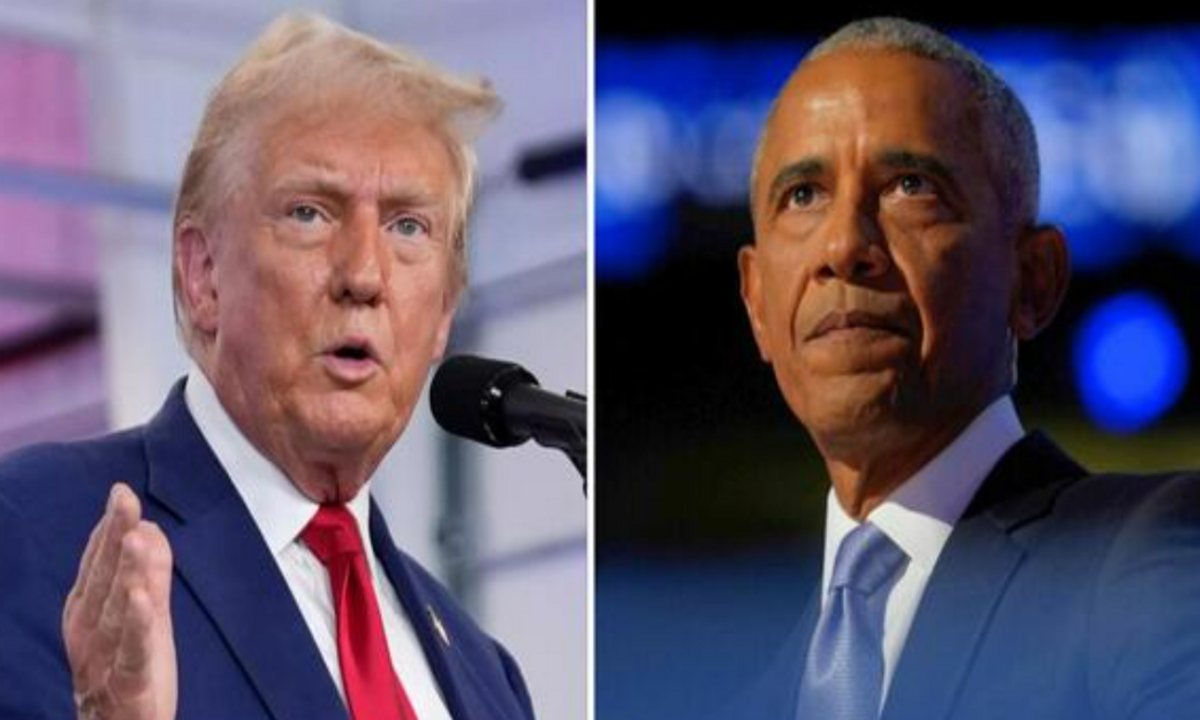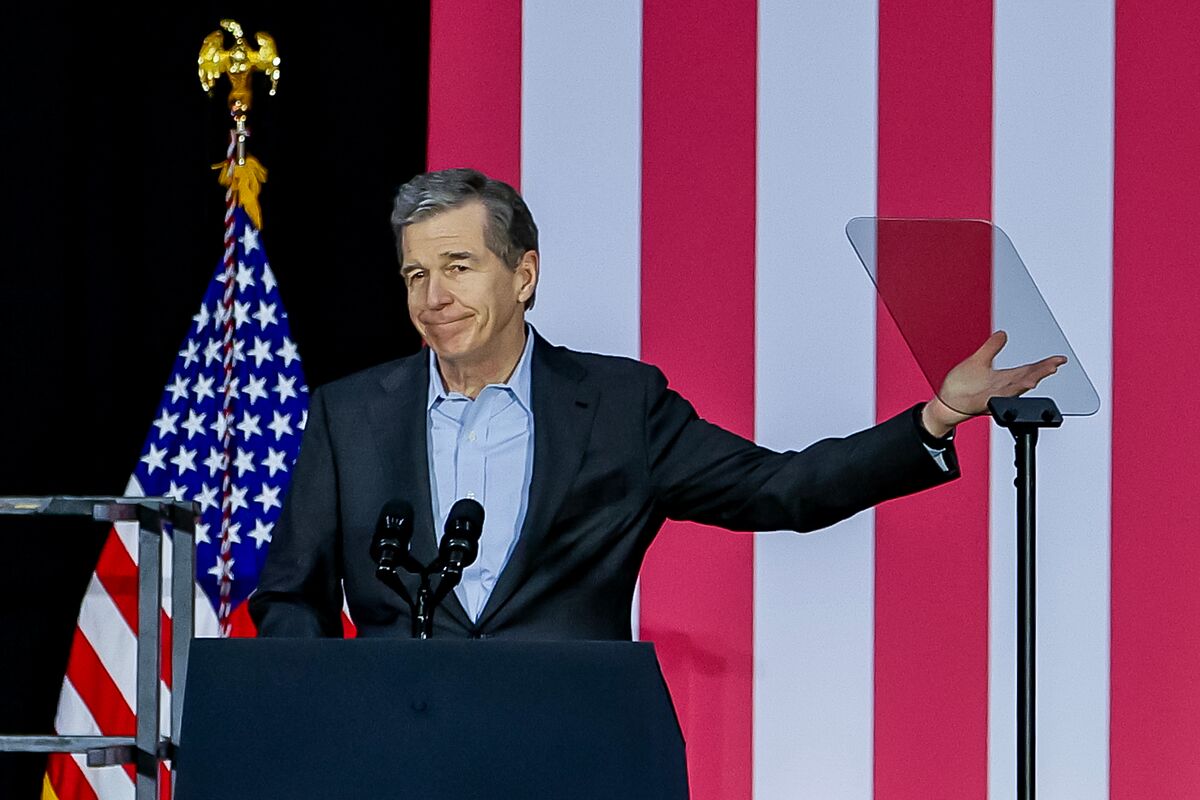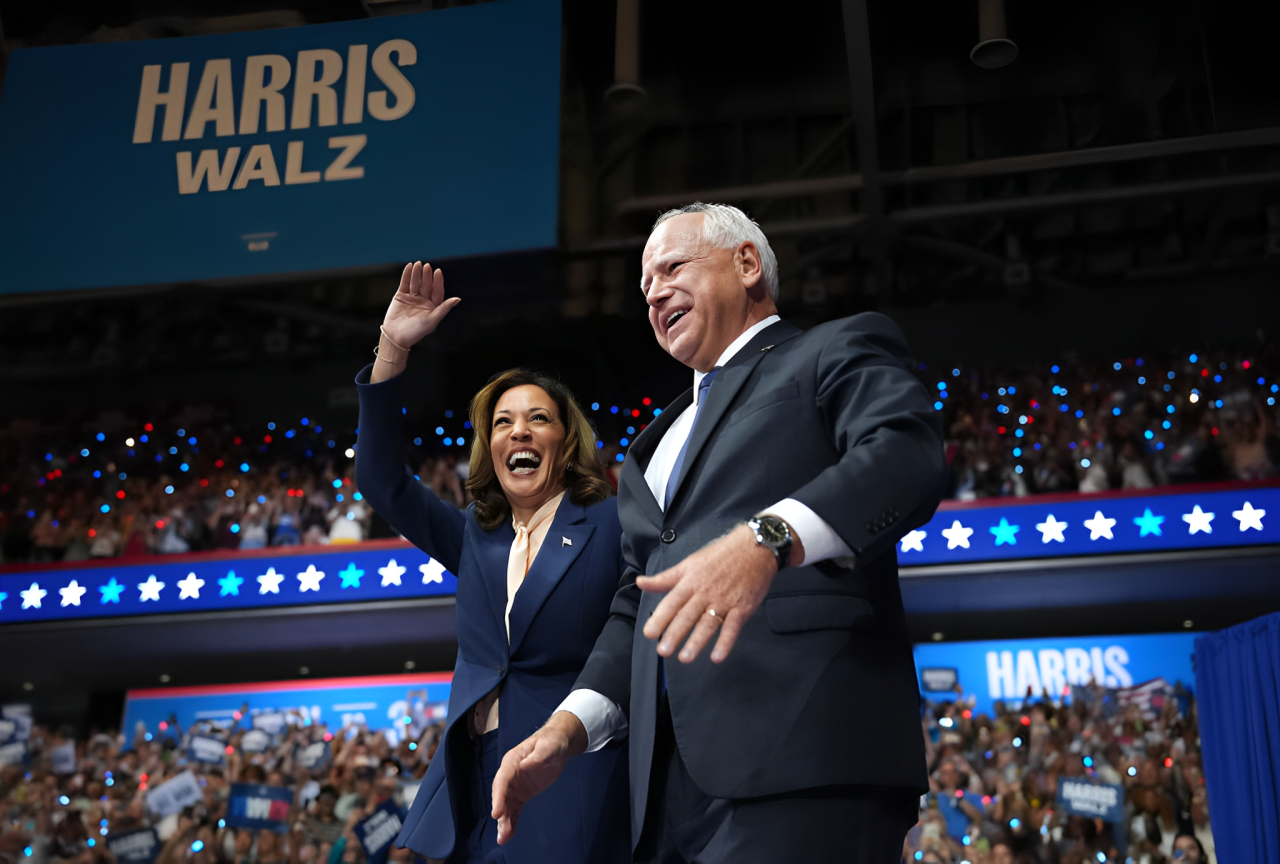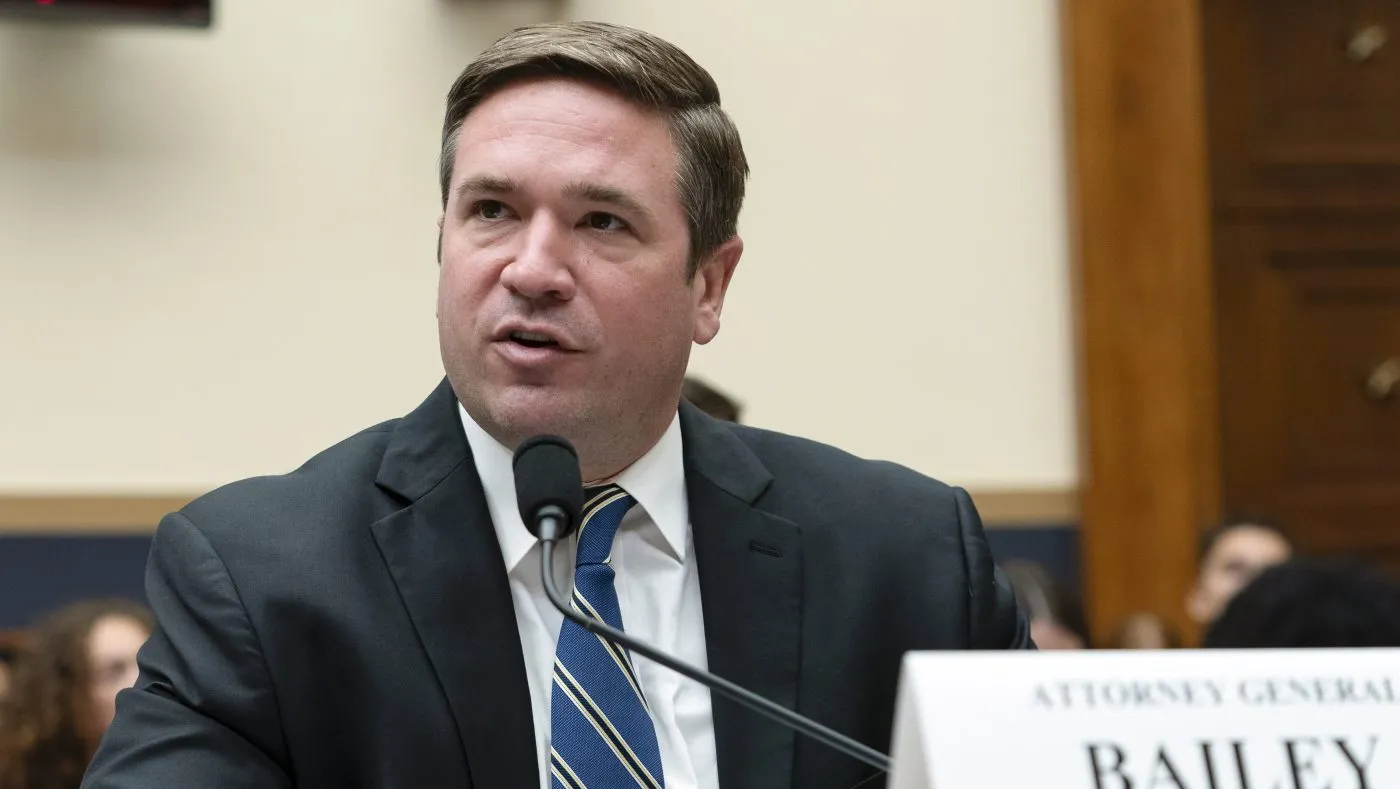President Donald Trump’s recent approach to governance, characterized by extensive use of executive powers and limited bipartisan engagement, mirrors strategies that have historically led to political gridlock and the rise of strong opposition movements.
This path, reminiscent of former President Barack Obama’s early tenure, risks alienating a significant portion of the American populace and could inadvertently strengthen the very forces that oppose the current administration’s agenda.
The Perils of Governing by Executive Fiat
In the initial weeks of his second term, President Trump has exercised his executive authority assertively, implementing policies that have sparked both domestic and international controversy. Notably, he has overseen the dismissal of thousands of federal employees, the closure of established agencies, and a realignment of U.S. foreign policy favoring Russia while straining relations with Ukraine. These actions have prompted over 100 legal challenges, reflecting deep concerns about the administration’s adherence to constitutional norms.
While the Republican Party currently holds the presidency and majorities in both chambers of Congress, effective governance necessitates collaboration and compromise. Relying solely on executive orders to implement significant policy changes not only undermines the legislative branch but also risks creating policies that lack broad-based support and are susceptible to reversal by subsequent administrations.
Historical Lessons from the Obama Administration
The early years of President Obama’s administration offer a cautionary tale about the pitfalls of partisan policymaking. In 2009, buoyed by electoral victories, Democrats swiftly passed the American Recovery and Reinvestment Act (ARRA), a stimulus package aimed at revitalizing the economy amidst the Great Recession. Despite the urgency, the legislation received scant Republican support, with criticisms centering on the exclusion of GOP input and the inclusion of provisions unrelated to immediate economic recovery.
This approach contributed to the emergence of the Tea Party movement, a conservative backlash that capitalized on sentiments of governmental overreach and lack of representation. The movement’s momentum led to significant Republican gains in the 2010 midterm elections, effectively stalling much of President Obama’s subsequent legislative agenda.
The Risk of Igniting an Anti-MAGA Movement
President Trump’s current trajectory bears similarities to Obama’s early strategy, with the potential to galvanize a formidable opposition. By sidelining bipartisan dialogue and advancing policies perceived as partisan, the administration risks fostering an environment ripe for the development of an anti-MAGA coalition. Such a movement could unify various factions dissatisfied with the administration, from progressives to centrists, amplifying their collective political influence.
The recent decision to pause U.S. cyber operations against Russia exemplifies actions that have drawn bipartisan criticism. Senate Democratic Minority Leader Chuck Schumer labeled the move a “critical strategic mistake,” underscoring concerns that such unilateral decisions could embolden adversaries and compromise national security.
The Imperative of Bipartisan Engagement
To avoid the pitfalls of past administrations and promote sustainable governance, President Trump must prioritize bipartisan engagement. This entails not only consulting with opposition leaders but also genuinely incorporating diverse perspectives into policy development. Such an approach can lead to more robust and widely accepted policies, reducing the likelihood of severe backlash and ensuring that reforms withstand the test of time.
Furthermore, fostering a political climate that values compromise over unilateralism can help bridge the deepening divides within the country. By demonstrating a commitment to governing for all Americans, rather than solely for his base, President Trump has the opportunity to heal partisan rifts and strengthen the nation’s democratic foundations.
The trajectory of the current administration, marked by assertive unilateral actions and limited bipartisan outreach, echoes historical patterns that have led to political stalemate and the rise of potent opposition movements. To avert a similar fate, it is imperative for President Trump to recalibrate his approach, embracing collaboration and inclusivity in policymaking. Such a shift not only aligns with democratic principles but also enhances the prospects of enacting enduring and effective reforms that truly serve the interests of all Americans.
Disclaimer—Our team has checked this article to ensure its accuracy and eliminate any misinformation. We are committed to providing clear and reliable information for our readers.



